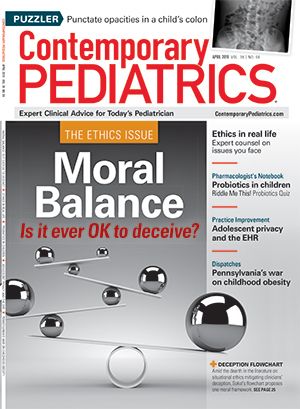Aerobic exercise speeds recovery from concussion
Moderate aerobic exercise seems to be an effective treatment for adolescents after sport-related concussion, according to results of a randomized trial conducted in 103 athletes aged 13 to 18 years who entered the study within 10 days of being injured.
Moderate aerobic exercise seems to be an effective treatment for adolescents after sport-related concussion, according to results of a randomized trial conducted in 103 athletes aged 13 to 18 years who entered the study within 10 days of being injured.
The investigation was conducted at 4 university-based, outpatient concussion-management clinics. Participants first were evaluated by a sports medicine physician who diagnosed the concussion based on history, standard physical examination, and an exercise-tolerance assessment. Patients then were randomly assigned to an aerobic-exercise group (52 participants) or a stretching group (51 participants).
Teenagers in the aerobic-exercise group were instructed to perform aerobic exercise each day on a stationary bike or treadmill at a prescribed target heart rate (HR), calculated as 80% of the HR achieved at symptom exacerbation at the first visit. They were asked to stop their exercise session if symptoms increased by 2 or more points from their pre-exercise symptom level (on a 10-point visual analog scale) or at 20 minutes, whichever came first. Investigators determined a new target HR at weekly clinic visits.
Participants in the stretching group followed a prescribed stretching program for 20 minutes a day. They received a booklet describing a gentle, whole-body, progressive-stretching program that would not elevate HR much. Both groups were told to rest when not engaging in their prescribed program, used HR monitors during each session, reported daily symptoms, and were assessed for exercise tolerance at weekly clinic visits.
Participants in the aerobic-exercise group recovered significantly more rapidly than those in the stretching group: a median of 13 versus 17 days, respectively. A significant difference persisted after adjusting for age, sex, time from injury to enrollment, and prior history of concussion (Leddy JJ, et al. JAMA Pediatr. February 4, 2019. Epub ahead of print).
Thoughts from Dr Burke
The pendulum continues to swing when it comes to when to return to activity after sport-related concussion. We’ve learned the downside of both extremes, a cavalier early return to play and prolonged inactive rest in a dark room. The current approach takes the middle ground: a stepwise return to activity guided by symptoms of the individual patient. For a helpful, comprehensive update on sport-related concussion, see this recent American Academy of Pediatrics Clinical Report: “Sport-related concussion in children and adolescents.” Pediatrics. 2018;142(6):e20183074.
